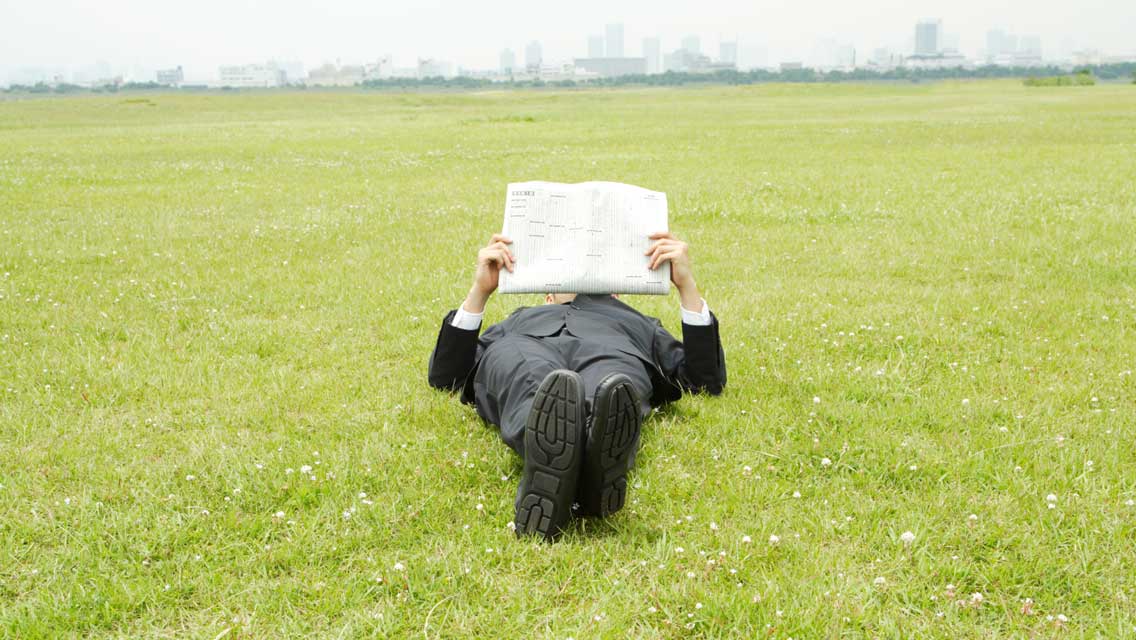Laughing is a feel-good activity, one we’ll go out of our way to experience. We seek out friends and romantic partners who make us laugh, we pay to see comedy troupes perform and we set our TiVos for the sitcoms that make us guffaw. We look for opportunities to laugh because — gosh darn it — laughing feels good.
But laughing has practical benefits as well.
- Studies show that humor stimulates the parts of the brain involved in problem solving and information synthesis; activating these brain regions makes us more creative as well as more effective at work.
- The physical act of laughing — what actually happens in our bodies when we laugh — has a powerful and positive effect on our physiology, helping our bodies suppress stress hormones and relieve tension, and sending a cascade of feel-good reward chemicals through our systems.
We also know that humor, laughter, and a sense of play and playfulness are distinctive traits of many of history’s most creative people. Leonardo da Vinci filled his notebooks with puns, jokes and humorous stories. Biographers of Thomas Edison describe his “hearty, boyish laugh” and outstanding sense of humor. Albert Einstein loved to crack jokes in the midst of serious scientific meetings.
Humor and laughter are key ingredients for an enjoyable life and valuable tools in becoming a more creative and effective thinker. And those are some powerful reasons to start taking humor seriously.
How Humor and Creativity Are Linked
Why do creative people love to laugh? And how, specifically, are humor and creativity related?
One hypothesis is based on what researchers call incongruity theory, which suggests that we laugh at things that defy our expectations, like surprising juxtapositions, elements that seem out of place and double meanings.
Here are two examples of humorous incongruity:
- Did you hear about the woman who drowned in a bowl of granola? She was pulled under by a powerful currant.
- Or: I asked my trainer if he could teach me some new yoga asanas. He said, “How flexible are you?” I replied, “I can’t make Wednesdays or Fridays.”
The set-up of these jokes leads us down a path of expectation — that the woman drowned as the result of a current, not a currant, and that “flexibility” refers to the physical kind instead of the scheduling kind — and then we are surprised by the punchline. “Getting” the jokes requires our minds to go in unexpected directions. The incongruity makes us laugh.
When we have a creative insight, something very similar takes place: We are pursuing a familiar train of thought, but then we leap to an unexpected idea and make a surprising connection. The same area of the brain is active as when we find something funny. In 2004, a research team led by Dartmouth psychologist William Kelley, PhD, asked participants to watch episodes of the sitcoms Seinfeld and The Simpsons while fMRI technology imaged their brain activity. Later, when researchers compared the brain scans with participants’ laugh tracks, they found that two seconds before participants laughed at a joke (when their brains were presumably working to “get” the joke), their posterior temporal lobes lit up — the same area of the brain that helps resolve incongruities and solve problems.
Those findings give neurological support to what psychologists have known for several decades: Exposure to comedy bolsters creativity and enhances problem-solving and workplace effectiveness.
Exposure to comedy bolsters creativity and enhances problem-solving and workplace effectiveness.
In a classic study published in The Journal of Educational Psychology in 1976, Israeli psychologist Avner Ziv, PhD, arranged for high school students to listen to a recording of a comedian before taking a standardized creativity test. The test asked students to do things such as write down as many uses as they could think of for a paper clip. Answers were scored based on the following criteria: fluency, or the number of ideas generated; flexibility, the number of different categories of the ideas; and originality, the extent to which the ideas were unique. The students who listened to the comedian scored significantly higher than the control group on all dimensions of the test.
“People with a sense of humor tend to be more creative, less rigid, and more willing to consider and embrace new ideas and methods.”
In his book Health, Healing and the Amuse System, developmental psychologist and humor researcher Paul McGhee, PhD, reports on a survey of vice presidents and human resource directors from a hundred large corporations. Eighty-four percent of those surveyed agreed that “employees with a sense of humor do a better job.” McGhee explains: “People with a sense of humor tend to be more creative, less rigid, and more willing to consider and embrace new ideas and methods.”
Laugh Your Way to Wellness
After the posterior temporal lobe kicks in and we “get” the joke, a different area of the brain lights up as we enjoy (laugh at) the joke. The fMRI scans from the sitcom study show that participants who were shown cartoons or told jokes that they later rated as funny had increased activity in key parts of the brain’s reward system.
The nucleus accum- bens, which helps produce and modulate the feel-good hormone dopamine, lights up when we laugh and sends a wave of pleasurable feelings through our systems. Laughter also triggers the amygdala, the part of our neural reward circuitry that helps decode emotions.
In his book, Anatomy of an Illness: As Perceived By the Patient, Norman Cousins shares the story of his recovery from ankylosing spondylitis, a form of severe degenerative arthritis. His most successful therapy was laughter. He watched silly movies and surrounded himself with mirth. “I made the joyous discovery that 10 minutes of genuine belly laughter had an anesthetic effect,” he wrote.
Many subsequent studies have proven Cousins right, showing that laughter has an analgesic effect (most likely because it releases endorphins into the bloodstream), especially for chronic pain from arthritis or neurological diseases. Laughter also eases muscle tension and has been shown to suppress the release of the stress hormone cortisol. A 2001 study reported in the Journal of the American Medical Association showed that symptoms improved in allergy patients who viewed movie comedies, but not in those in the control group who watched weather reports.
And research by University of Hertfordshire psychology professor Richard Wiseman, PhD, has shown that laughter not only boosts immunity, but also “increases our heart rate, helps us breathe more deeply, and stretches many different muscles in our face and upper body. In fact, it is like a mini workout.”
So, making a little more room for laughter in our lives should be a no-brainer. We enhance our creativity and problem-solving power, bolster our health, and get a rush of good feelings. In other words, the more you “ha ha,” the more you’ll “aha!” and “ahh.”
Insight
If you found this article enjoyable and thought-provoking, we invite you to explore our Insight department for a deeper dive into life-enriching articles on wisdom and introspection.
This article originally appeared as “Ha, ha! Ah! and Ahh!“




This Post Has 0 Comments